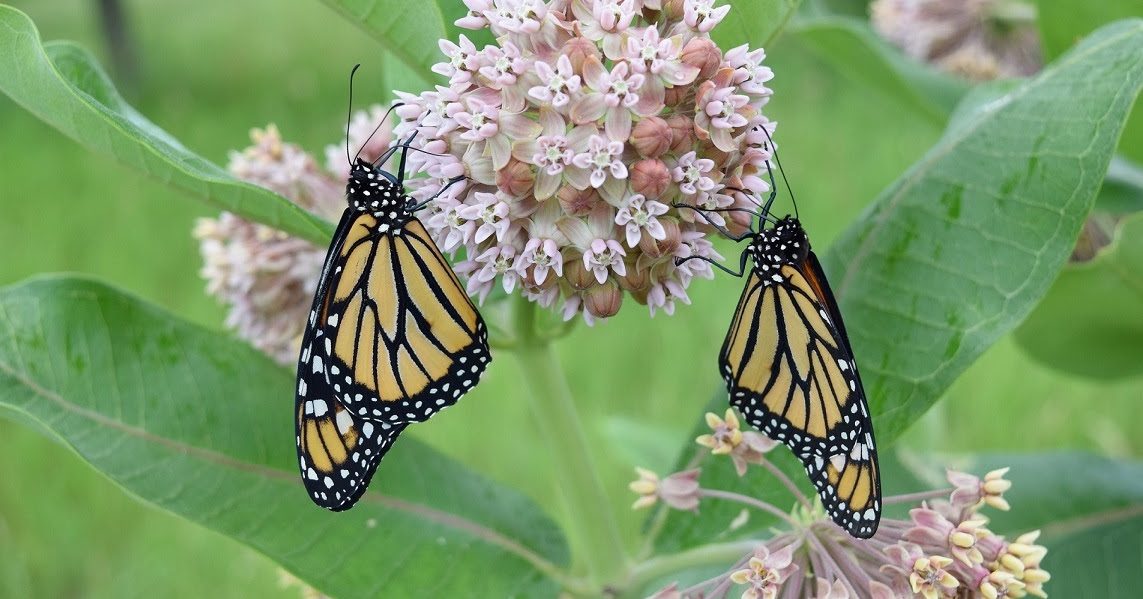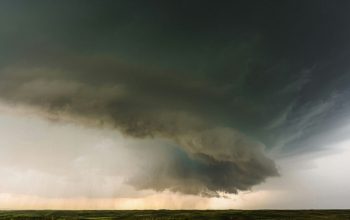
AMES, Iowa – The latest official report of monarch butterflies overwintering in Mexico has just been released and offers some encouragement to those working to save the iconic species. The overwintering monarchs occupied 4.4 acres during the 2024-2025 winter season in Mexico – nearly doubling last year’s acreage, according to the World Wildlife Fund-Telcel Foundation Alliance. These annual surveys are provided in collaboration with the Comisión Nacional de Áreas Naturales Protegidas, the Universidad Nacional Autónoma de México and the Monarch Butterfly Biosphere Reserve.
Scientists think the favorable weather monarchs experienced during their fall 2024 migration led to the increase in overwintering numbers. Compared to dry conditions in previous years, the more favorable weather in 2024 may have allowed more monarchs to successfully migrate to Mexico.
While this increase is a welcome change to last year’s record low numbers, monarch populations are still much lower than what is considered sustainable. Scientists recommend maintaining 15 acres of annual overwintering abundance, yet these numbers haven’t been seen since 2018.
Though monarch butterfly populations do tend to follow a cyclical pattern, the overall trend in overwintering numbers has been a general decline since monitoring began in 1993. This year’s increase in numbers significantly differs from the western monarch population in California, which experienced its second lowest recorded overwintering counts of just 9,119 monarchs. This stark contrast highlights the need for continued conservation efforts in order to stabilize these two populations. Tracking these overwintering numbers is an important part of conservation efforts as it helps shape conservation goals including those of the Iowa Monarch Conservation Consortium (IMCC).
The cause of the long-term declines in overwintering counts is attributed to many factors including habitat loss, lack of fall nectar resources, the effects of drought and changes to overwintering habitat quality or availability. In light of these challenges, the US Fish & Wildlife Service proposed to list the monarch as a threatened species. This decision, which was announced on December 10, 2024, is the beginning of a year-long process with the final decision to be announced in December 2025. The current public comment period closes on March 12, 2025. To learn more about the proposed listing decision and how to get involved, visit https://monarch.ent.
This year’s increase in overwintering acreage, indicating a larger population than the prior year, is very welcome. Conservation to sustain and further expand population numbers in future years remains critical. Individuals and organizations can assist in creating opportunities for monarchs to thrive in Iowa by establishing pollinator gardens or larger prairies that are planted with native milkweed and nectar plants.
Plantings should include a variety of native species that bloom from early spring to late fall, as this will help provide nectar resources for monarchs during their migration. Additionally, consider reaching out to neighbors or community groups to promote the planting and conservation of native milkweed and nectar sources to expand available monarch habitat. For more information about plant selection and habitat establishment, visit the Habitat How-To page on the IMCC’s website.
Over the past decade, the IMCC has worked with landowners and organizations across Iowa to establish over 690,000 acres of monarch habitat with over 67 million milkweed stems. These efforts represent significant progress towards the Consortium’s goals of establishing 790,000 – 1,140,000 acres of habitat with 123 million – 195 million milkweed stems in Iowa by 2038. Consortium members are proud of the progress made by landowners and businesses across Iowa and urge everyone to pursue collaborative conservation to help maintain this year’s rise in overwintering numbers and support future monarch generations.
The IMCC is comprised of members and partners from over 50 organizations, including agricultural and conservation associations, agribusiness and utility companies, universities and state and federal agencies. To learn more about the Iowa Monarch Conservation Consortium and the resources it provides, visit https://monarch.ent.







